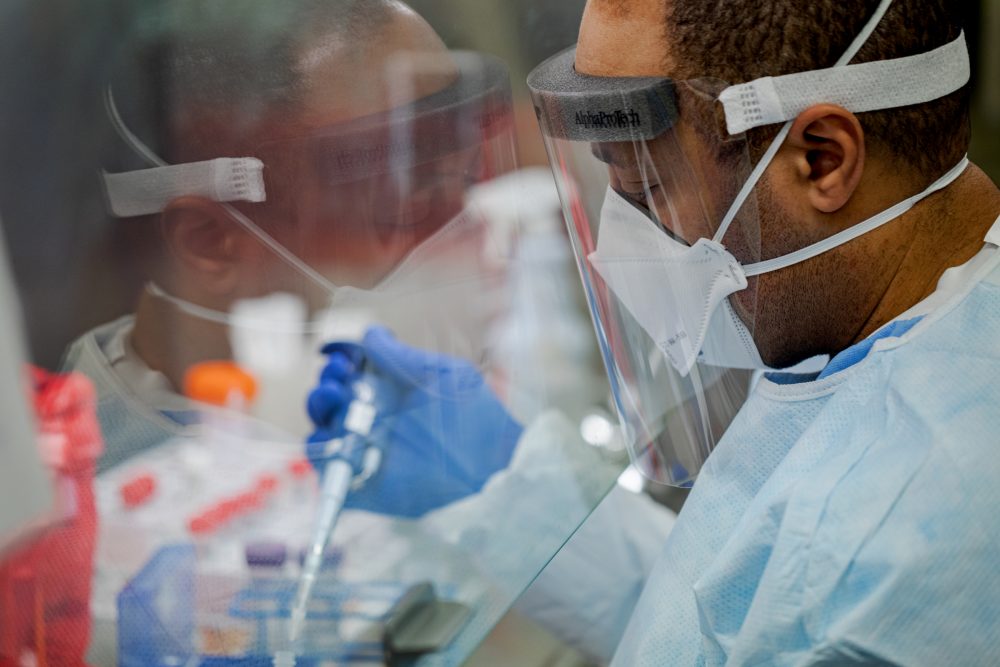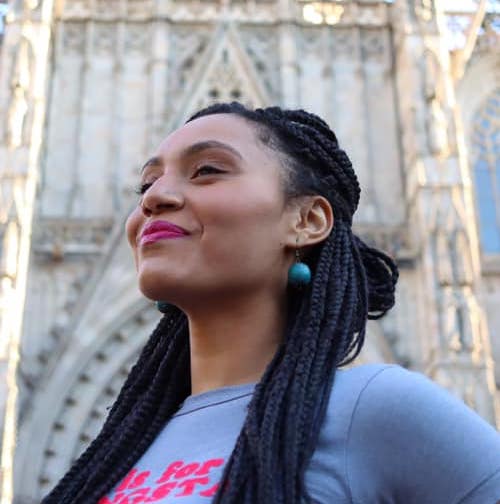Education in the Era of COVID-19
Ah, 2020. Quite the mouthful, yes? This year will undoubtedly go down in history, as so many happenings of 2020 have been unprecedented. At the Center for Disaster Philanthropy (CDP), we find ourselves particularly busy fielding requests for support for a myriad of compounding disasters, all at once. With the downstream effects of COVID-19 on […]

Ah, 2020. Quite the mouthful, yes? This year will undoubtedly go down in history, as so many happenings of 2020 have been unprecedented.
At the Center for Disaster Philanthropy (CDP), we find ourselves particularly busy fielding requests for support for a myriad of compounding disasters, all at once. With the downstream effects of COVID-19 on public health, racial disparities, economic hardships, homelessness and virtual learning or lack of, to name a few, we have rolled up our sleeves to support recovery from and response to this pandemic disaster as best we can.
In our last round of funding from the CDP COVID-19 Response Fund, we gave special attention to nonprofit organizations focusing on education in response to the staggering statistics around opportunity gaps. Low-income students are at a disadvantage, with COVID-19 further exacerbating inequities. The decreased in-person learning time has undoubtedly impeded academic outcomes and affected the development of the whole child.
According to a September report from UNICEF, more than 1 billion children are currently at risk for increased academic achievement gaps due to school closures spawned by COVID-19. To keep students learning, many countries are implementing virtual learning. Unfortunately, many of these children – particularly those from economically disadvantaged households – do not have internet access, computers, TVs or even radio at home, compounding the effects of systemic learning inequities.
With widespread school closures across 188 countries (as of April 2020), many educators are exploring more creative ways to provide continuing education using alternative methods. Even with alternative forms of teaching, there are still several gaps left to fill. According to the UNICEF report:
- While more than 90% of the countries adopted digital and/or broadcast remote learning policies, only 60% did so for pre-primary education.
- Governments’ policy measures to ensure learning continuity through broadcast or digital media will reach only up to 69% of schoolchildren in pre-primary to secondary education globally.
- Broadcast- and internet-based remote learning policies cannot reach 31% of schoolchildren worldwide (463 million) due to the lack of necessary technological assets at home and/or because the adopted policies did not target them.
- Online platforms were the most used means by the governments to deliver education while schools remain closed, with 83% of countries using this method. However, this allowed for potentially reaching only about a quarter of schoolchildren worldwide.
- Television had the potential to reach the most students (62%) globally.
- Only 16% of schoolchildren could be reached by radio-based learning worldwide.
- Globally, 3 out of 4 students who cannot be reached by the remote learning policies come from rural areas and/or belong to the poorest households.
CDP funded domestic and international education nonprofits to combat some of these gaps and to ensure continuing education for all children:
- National Afterschool Association with Discovery Education – $100,000 will fund the Distance Learning Response Initiative, a collaboration between Discovery Education and the National Afterschool Association, to support high-quality digital content and impactful on-demand professional development for under-resourced schools throughout the U.S. The focus is on providing distance learning for students and educators in FL and GA, two hotspot states.
- Plan International – $150,000 to improve teachers’ e-learning support skills and students’ and their families’ knowledge of online child protection issues to ensure safe and effective virtual learning, especially for girls. The grant will target organizations across Peru.
- Teach for All / Ensina Brasil – $75,000 to improve digital teaching skills through online training to ensure learning continuity and decrease the gap for students disproportionately affected by the pandemic.
With COVID-19 cases spiking, we will continue to keep a close eye on access to education as we anticipate a potential transition back to virtual learning for many worldwide in the new year.
Given the holiday season, a traditional time for gathering with family and friends, I strongly encourage you to stay safe, continue to social distance, avoid large crowds whenever possible and mask up. Do all you can to keep yourself and those you love safe and well.
More like this

For equitable recovery from COVID-19, we can’t leave LGBTQ+ people behind

